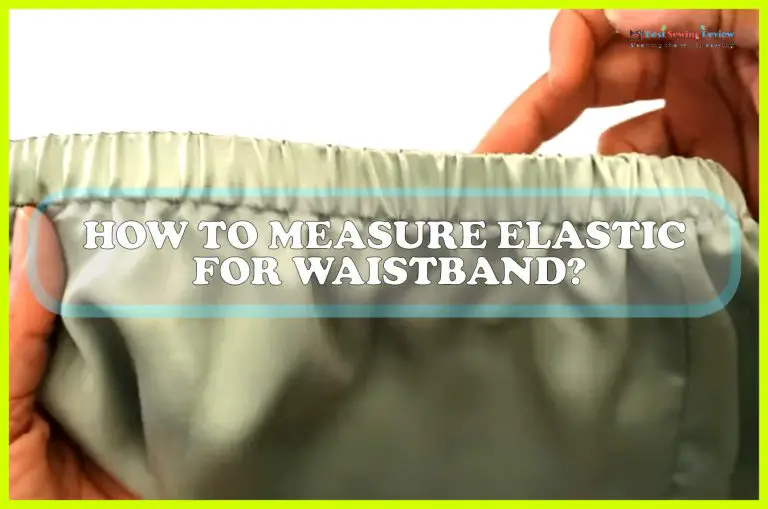Do you love to sew? Sewing is a great skill. It lets us make pretty clothes and crafts. But have you ever thought about something? “How much electricity does my sewing machine use?” Let’s find out together!
Understanding Electricity Use
Before we talk about sewing machines, we should understand a few things. Electricity is measured in units called “watts” (W). A kilowatt-hour (kWh) is 1000 watts used for one hour. Your bill shows how much you use in kWh.
How to Check Your Sewing Machine’s Power
Look at your sewing machine. It should have a label. The label tells us the number of watts it uses.
| Machine Type | Watts (W) |
|---|---|
| Basic Sewing Machine | 70-100W |
| Advanced Sewing Machine | 100-120W |
| Industrial Sewing Machine | 200-250W |
These numbers are just examples. Your machine can be different. Always check your own label.
How Much Energy Will I Use While Sewing?
It depends on a few things:
- How powerful your machine is.
- How often you use it.
- How long you sew each time.
Let’s do some fun math. Imagine you have a machine that uses 100W. And you sew for 2 hours. Can you guess how much electricity you used? That’s right, 0.2 kWh.
Sewing Machine Power Compared to Other Appliances
Sewing machines don’t use a lot of electricity. Other things at home can use more. Like your fridge or washing machine. Below is a table comparing different appliances:
| Appliance | Watts (W) |
|---|---|
| Refrigerator | 100-800W |
| Television | 70-400W |
| Light Bulb (LED) | 5-20W |
As you can see, sewing machines are quite efficient!
How to Use Less Electricity While Sewing
Want to save more power? Here are some tips:
- Only turn on your sewing machine when you need it.
- Use natural light during the day. It helps you see better too!
- Switch off your machine right after you’re done.
Why Does This Matter?
Saving electricity is good for our planet. It also helps your family save money. Every bit of power we don’t use adds up. This helps us take care of Earth. So, getting smart about using your sewing machine can make a big difference!
Frequently Asked Questions On How Much Electricity Does A Sewing Machine Use: Unveiled!
What Is The Power Consumption Of Sewing Machines?
Sewing machines typically use between 70 and 250 watts of power, depending on their model and usage.
How Does A Sewing Machine’s Speed Affect Electricity Usage?
Higher speeds on a sewing machine often lead to increased electricity consumption as it requires more power to operate quickly.
Can Sewing Machines Be Energy-efficient?
Yes, modern sewing machines are designed with energy efficiency in mind, some even having an Energy Star rating.
Is The Electricity Usage Of Industrial Sewing Machines Higher?
Industrial sewing machines generally use more electricity than domestic ones due to their larger motors intended for heavy-duty use.


